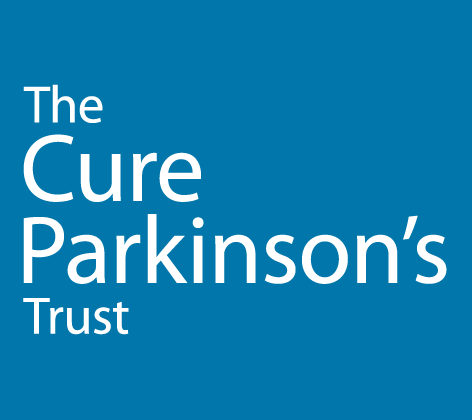Clinical trial explores whether the cholesterol-lowering drug Simvastatin may slow or stop Parkinson’s progression
The takeaway
Why is it important?
%
IMPACT
- Novelty 70%
- Proximity 100%
- Deliverability 100%
Impact Opinion
Background
- impacts on inflammation processes, and has neuroprotective effects by reducing neuronal programmed cell death (apoptosis)
- reduces harmful free radicals within nerve cells (neurons)
- enhances immune cells whose effects can also be neuroprotective
- reduces the accumulation of a-synuclein in neurons
- increases the expression of substances that promote the growth of neurons
The article reviews how each of these modes of action links directly to mechanisms known to be important in the development and progression of Parkinson’s.
Based on this large body of compelling findings, the International Parkinson’s Disease Linked Clinical Trials Committee, which comprises 15 internationally recognized Parkinson’s experts under the stewardship of The Cure Parkinson’s Trust, prioritised Simvastatin as a potential disease modifying treatment to be trialed for its potential to slow, halt or reverse disease progression.
The details
At the start of the study, participants complete tests and questionnaires that assess their movement, mood and other symptoms. In the following six visits after 1, 6, 12, 18 and 24 and 26 months, these tests will be repeated. At four of these, participants will be asked to attend in the “OFF” medication state so that researchers can get a true picture of their disease.
The primary outcome measure is their MDS Unified Parkinson’s Disease Rating Scale (UPDRS) part III (Motor Examination) score, while secondary measures will include their MDS UPDRS part II (Motor Aspects of Daily Living) score and other tests including non-motor symptoms (NMSS).
To ensure that the effects observed are truly disease modifying rather than short-lived changes in symptoms, a two month “washout” period is included in the design, to allow the effects of the drug to disappear: after the end of the 24-month treatment period, the trial will continue for another two months off the trial medication, at the end of which the final assessment will be made.
Next steps
Related work
Chataway J, Schuerer N, Alsanousi A, Chan D, MacManus D, Hunter K, Anderson V, Bangham CR, Clegg S, Nielsen C, Fox NC, Wilkie D, Nicholas JM, Calder VL, Greenwood J, Frost C, & Nicholas R (2014) Effect of high-dose simvastatin on brain atrophy and disability in secondary progressive multiple sclerosis (MS-STAT): a randomised, placebo-controlled, phase 2 trial. Lancet, 383, 2213-2221.
Poly TN, Islam MM, Walther BA, Yang HC, Nguyen PA, Huang CW, Shabbir SA, Li YJ (2017) Exploring the Association between Statin Use and the Risk of Parkinson’s Disease: A Meta-Analysis of Observational Studies Neuroepidemiology, 49, 142-151.
Where can I learn more?
- Carroll CB, Wyse RKH (2017) Simvastatin as a Potential Disease-Modifying Therapy for Patients with Parkinson’s Disease: Rationale for Clinical Trial, and Current Progress. J Parkinson’s Disease, 7, 545-568.



